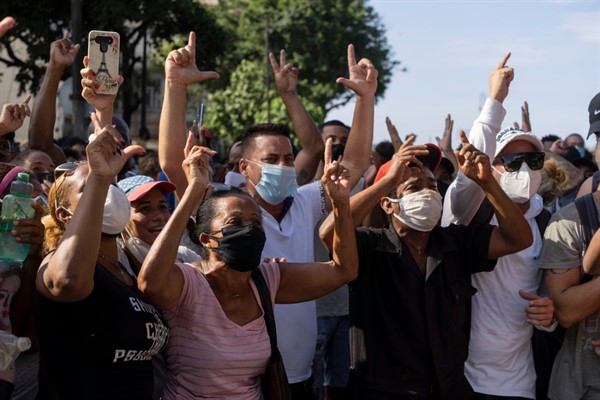When I became a correspondent covering the Caribbean and portions of Latin America—my first overseas job for the New York Times—in the spring of 1990, Cuba’s then-leader Fidel Castro already seemed like an antiquated figure to many observers, a literal greybeard at the age of 63.
This impression was accentuated for me in part due to the youthfulness of his country’s population, not to mention my own. It also derived from political history, as well as the geopolitical context of the moment. Castro had already been in power since 1959, making him one of the longest-serving leaders in the world. But the global currents at the time of my arrival were shifting rapidly, with regimes that embraced Marxism-Leninism suddenly toppling in bunches.
I recall the thrill that I felt during my first trips to the island that year to be working as a reporter at a very special moment in history. During one such visit, I stood for several minutes engaging one-on-one with Castro himself at a reception, after he had delivered a lengthy, defiant speech in which he vowed that Cubans would rather die than give up on socialism. Later, I interviewed the country’s vice president. And I also took stock from other members of the embattled leadership, like Julio Garcia Oliveras, a Central Committee member, who told me, with regard to the combination of the ongoing American economic embargo and Moscow’s dwindling trade subsidies at the time, “People look at us and say, ‘The water is up to your neck.’”

